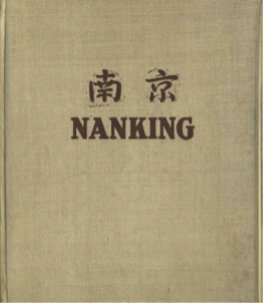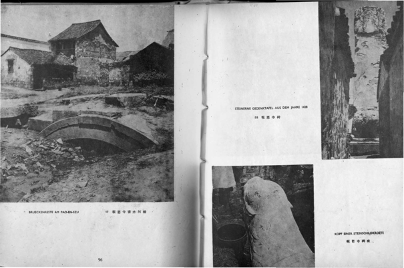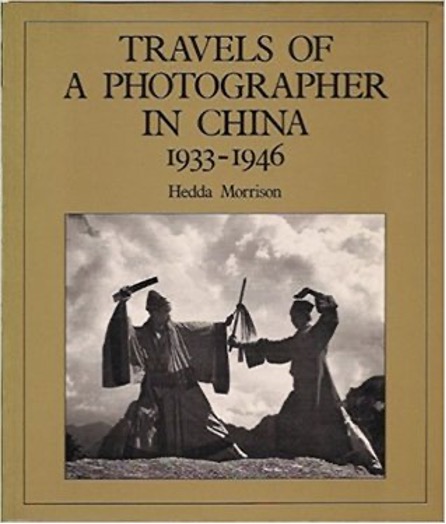Archive
Nanking
- Book
- Nanking
- Hedda Morrison
- 1944
- 1945
Verlag von Max Noessler & Co., 331 Foochow Road (now Fuzhou Lu, Huangpu Qu) Shanghai
- Shanghai (CN)
Nanking is a photobook containing 200 pictures taken in and around Nanking by the German photographer Hedda Morrison (née Hammer) and texts by Alfred Hoffmann. It was published in Shanghai in 1945 by Max Noessler & Co.
Word Count: 36

Hoffmann, Alfred and Morrison, Hedda. Nanking, Max Noessler & Co, Shanghai 1945, cover. 
Hoffmann, Alfred and Morrison, Hedda. Nanking. Max Noessler & Co, Shanghai 1945, p. 96–97. 
Morrison, Hedda. Travels of a Photographer in China 1933–1946. Oxford University Press, 1987, cover. 
Morrison, Hedda. Sarawak. Macgibbon & Kee, 1957, cover. Hoffmann, Alfred and Hedda Morrison. Nanking. Max Noessler & Co, Shanghai 1945.
Hedda Morrison. Travels of a Photographer in China. Oxford 1987
Hedda Morrison. A Photographer in Peking. Oxford 1986
Roberts, Claire. “In Her View: Hedda Morrison's Photographs of Peking 1933-46.” East Asian History, no.4, pp. 81–104.Word Count: 43
Cornell University Library, Ithaca, NY
Harvard-Yenching Library, Cambridge, MA
National Library of Australia, Canberra
National Gallery of Australia, Canberra
Powerhouse Museum, Sydney
Virginia Museum of Fine Arts, Richmond, VirginiaWord Count: 24
Nanjing
- Shanghai
- Mareike Hetschold. "Nanking." METROMOD Archive, 2021, https://archive.metromod.net/viewer.p/69/2952/object/5140-11798369, last modified: 14-09-2021.
-
Emma BormannArtistShanghai
Emma Bormann was a pioneering artist and printmaker. Her oeuvre gives witness to her extensive travels around the globe and to the agility and versatility of her artistic rendering of the urban sites she encountered.
Word Count: 35